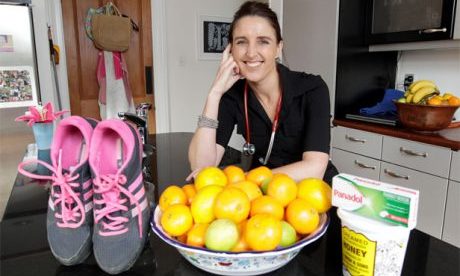I walked past two friends of my daughters, fundraising for the Mary Potter Hospice in Wellington.
As well as feeling proud that these young women were choosing to fill their free time with such worthy pursuits, the sight of the “hospice” logo brought back some very vivid memories for me.
Some years ago now, my gentle loving mother-in-law was told she had motor neurone disease. This has to be one of the cruellest diseases in the world.
Gradual loss of all motor ability, including movement, speech and eventually swallowing and breathing, yet retention of mental and cognitive faculties – I suspect it is a deeply frightening journey to be going through, and I fervently hope scientists around the world are making progress towards an eventual cure.
Until then, I had no idea that patients with illnesses like this could even access the hospice service, let alone be offered such a wide range of support – I had always assumed that the hospice only catered for people with cancer, at the very end of their life.
Over the years that followed, as my mother-in-law’s health declined, the local hospice played a hugely important role in her care.
They offered a regular place of respite – very aptly named, as it does indeed provide relief for not only the patient but their caregivers too.
During these respite stays, the skilled hospice team could reassess her needs, adjust medications, and offer the kind of holistic care that is difficult for families to provide at home.
Arts and craft sessions, massages for tired limbs and achy muscles, and sympathetic counselling when required are just some of the benefits we saw during her visits there.
The fact that families, and especially grandchildren, were welcome there made it a place surprisingly full of life and vitality, and often laughter amidst the grief. Continue reading
- Dr Cathy Stephenson is a GP and forensic medical examiner.
News category: Analysis and Comment.




